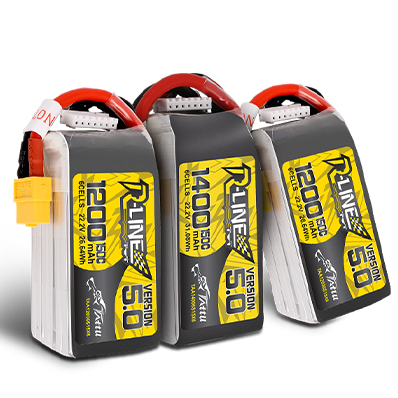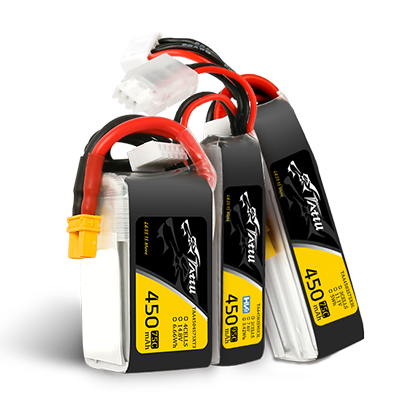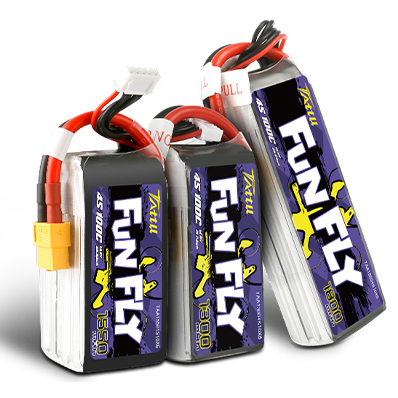What Size FPV Drone Should I Get?
FPV (First Person View) drones come in various sizes, each offering different characteristics and performance capabilities. Understanding these sizes and how they impact the drone's performance is crucial for choosing the right one for your needs. In this article, we'll explore the different sizes of FPV drones, how they are measured, common sizes, battery selection, and more.
What are the sizes of FPV drones?
FPV drones come in a variety of sizes, ranging from micro drones that fit in the palm of your hand to larger drones that can carry professional-grade cameras. Here are some common sizes of FPV drones:
◆Micro Drones (65mm - 100mm): Micro drones, also known as tiny whoops, are very small and lightweight, typically measuring between 65mm to 100mm in diagonal motor-to-motor distance. These drones are great for indoor flying and are often used for racing and freestyle flying in tight spaces.
◆Small Drones (100mm - 200mm): Small FPV drones are slightly larger than micro drones, with a diagonal motor-to-motor distance of between 100mm to 200mm. These drones are versatile and can be used for indoor and outdoor flying, offering a good balance between agility and stability.
◆Medium Drones (200mm - 300mm): Medium-sized FPV drones typically have a diagonal motor-to-motor distance of between 200mm to 300mm. These drones are popular for FPV racing and freestyle flying, offering a good mix of speed, agility, and stability.
◆Large Drones (300mm - 500mm): Large FPV drones have a diagonal motor-to-motor distance of between 300mm to 500mm. These drones are often used for aerial photography and videography, as they can carry larger cameras and gimbals for stabilized footage.
◆Extra Large Drones (500mm+): Extra large FPV drones have a diagonal motor-to-motor distance of 500mm or more. These drones are used for professional aerial photography and cinematography, as they can carry heavy camera equipment and provide stable flight for high-quality footage.
These are general size categories, and the exact dimensions of FPV drones can vary depending on the specific model and design. When choosing an FPV drone, consider the size that best suits your flying needs and the type of flying you plan to do, whether it's racing, freestyle flying, aerial photography, or just casual flying for fun.
How are FPV drones measured?
FPV drones are typically measured by the diagonal distance between the motor centers, which is often referred to as the "wheelbase." This measurement is important because it determines the size of the drone and can impact its flight characteristics.The diagonal distance is measured from the center of one motor to the center of the motor diagonally opposite it. For example, on a quadcopter (4 motors), the diagonal distance is measured from the center of one motor to the center of the motor on the opposite diagonal.
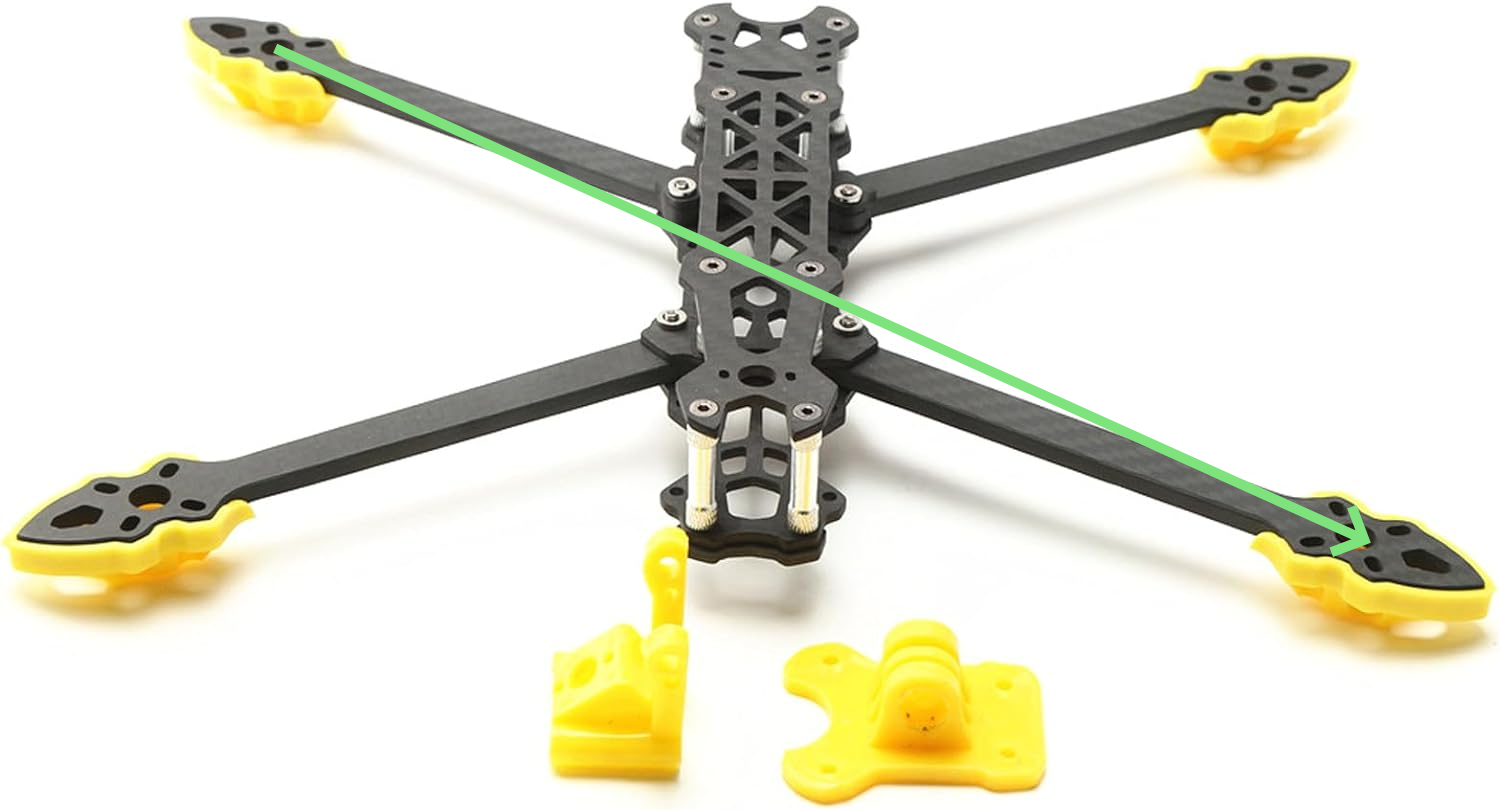
FPV drones are also sometimes categorized based on the size of the propellers they can accommodate. For example, a "5-inch" FPV drone is designed to work with 5-inch propellers, while a "3-inch" FPV drone is designed for 3-inch propellers. This propeller size designation is related to the overall size and performance of the drone. In summary, FPV drones are measured by the diagonal distance between the motor centers (wheelbase) and are sometimes categorized based on the size of the propellers they can use.
What size FPV drone should I get?
The selection of FPV drone batteries is based on both the size and application of the drone. Smaller drones require lighter batteries with lower capacities, while larger drones need heavier batteries with higher capacities. Additionally, the intended application of the drone (racing, freestyle flying, aerial photography, etc.) will also influence the choice of battery. Besides, battery selection is crucial for FPV drones, as it directly impacts flight performance and duration. The table below shows common FPV drone sizes, along with their corresponding uses and battery capacities for your reference.
| Frame Size | Prop Size | Use | Lipo Battery |
| 65mm - 75mm | Whoops* | Indoor / Limited outdoor | 200-450mAh 1S/2S |
| 90mm - 120mm | 2 inch | Freestyle / Racing | 450-850mAh 3S/4S |
| 120mm - 150mm | 3 inch | Freestyle / Racing | 850-1300mAh 3S/4S |
| 160mm - 200mm | 4 inch | Freestyle / Racing | 1300-1800mAh 4S/6S |
| 210mm - 250mm | 5 inch | Freestyle / Racing | 1300-1800mAh 4S/6S |
| 250mm - 330mm | 6 inch | Long Range / Freestyle / Racing | 1300-2200mAh 4S/6S |
| 280mm - 330mm | 7 inch | Long Range | 3000-6000mAh 6S |
| 330mm - 380mm | 8 inch | Long Range / Heavy-lift | 4500-6000mAh 6S |
| 355mm - 405mm | 9 inch | Long Range / Heavy-lift | 6500-8000mAh 6S |
| 405mm - 455mm | 10 inch | Long Range / Heavy-lift | 7500-8000mAh 6S |
Conclusion
In conclusion, understanding the sizes of FPV drones, how they are measured, and their different applications is essential for choosing the right drone for your needs. Whether you're looking for a small, agile drone for racing or a larger, stable drone for aerial photography, there's a size that's perfect for you. As a global leader in lithium battery cell manufacturing, Grepow offers custom FPV battery for FPV drones in various specifications ranging from 1.6 inches to 10 inches. The battery capacities range from 200mAh to 8000mAh, with discharge rates (C ratings) from 15C to 250C, catering to your specific application requirements. If you have any questions or needs, please feel free to contact us at info@grepow.com.
Related Articles:
What Is a Long Range FPV Drone?
Racing FPV Drone vs Freestyle FPV Drone vs Filming FPV Drone: A Comprehensive Comparison
Quadcopter vs Multirotor vs Hexacopter vs Octocopter: What's the Difference?
Related Articles
-
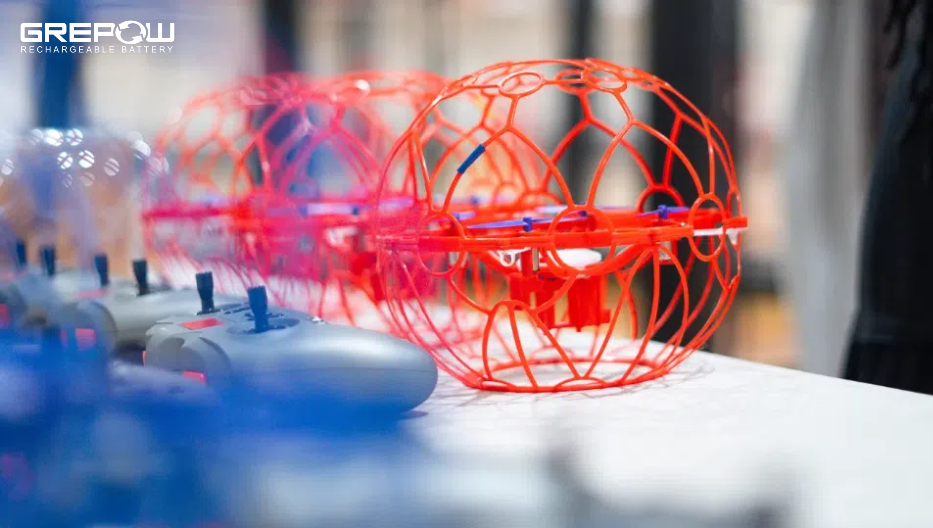
What Is Drone Soccer?
2025-04-29 -
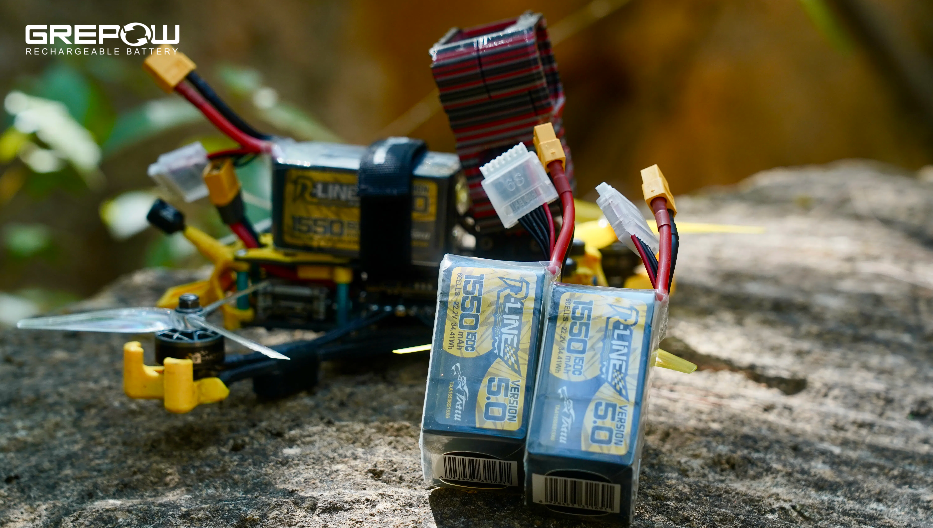
What Is a 7 Inch FPV Drone?
2025-04-15 -
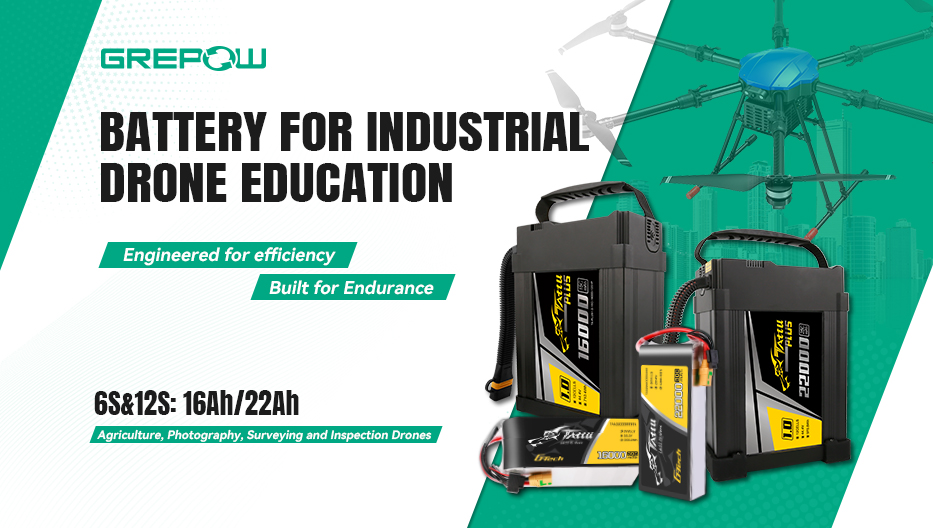
Empowering Drone Training with Grepow’s Tailored Battery Solutions
2025-04-15
















































